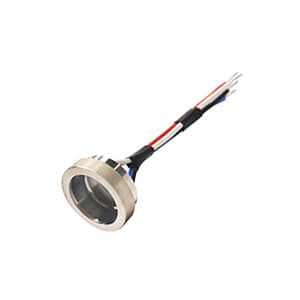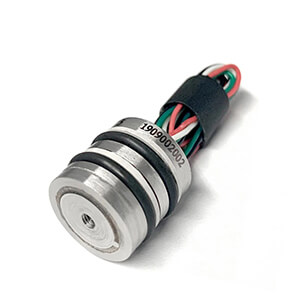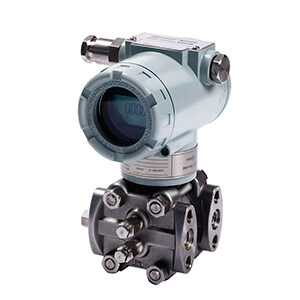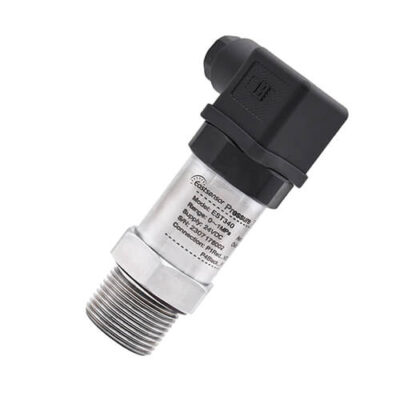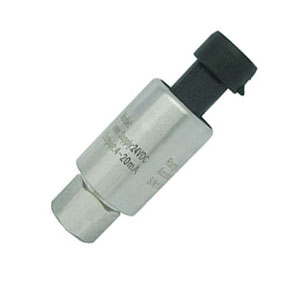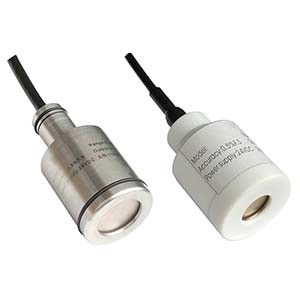When selecting a pressure sensor for HVAC systems, several factors need to be considered to ensure that the sensor can provide accurate and reliable measurements.
Here are some of the factors you should consider:
Accuracy
Accuracy refers to how close the sensor’s output is to the true pressure value.
For HVAC systems, moderate accuracy is typically sufficient. A typical accuracy requirement may be between 0.5% and 2% of the full-scale range.
Inaccurate readings can lead to improper control of the HVAC system, causing energy waste or decreased comfort for building occupants.
To ensure adequate accuracy, you should choose a sensing technology with suitable performance and implement temperature compensation techniques to reduce temperature-induced errors.
Resolution
Resolution is the smallest detectable change in pressure that the sensor can measure.
For HVAC systems, the required resolution depends on the specific application. For example, small pressure changes in ductwork or room pressure monitoring may need higher resolution, while larger pressure changes in supply or return air systems may require lower resolution.
High resolution is important for detecting subtle pressure changes that may affect the HVAC system’s performance, enabling more precise control.
To improve resolution, you can choose a sensor with higher sensitivity or use signal conditioning techniques to amplify the sensor’s output.
Response time
Response time refers to how quickly the sensor can react to changes in pressure.
For HVAC systems, a fast response time is generally desirable to ensure quick adjustments in response to changing conditions (e.g., opening/closing doors, varying occupancy, or adjusting thermostat settings).
A slow response time may lead to sluggish system performance and reduced efficiency.
To achieve a fast response time, choose a sensing technology with inherently quick response (e.g., piezoresistive or capacitive sensors) and optimize the sensor’s diaphragm design for minimal mechanical damping.
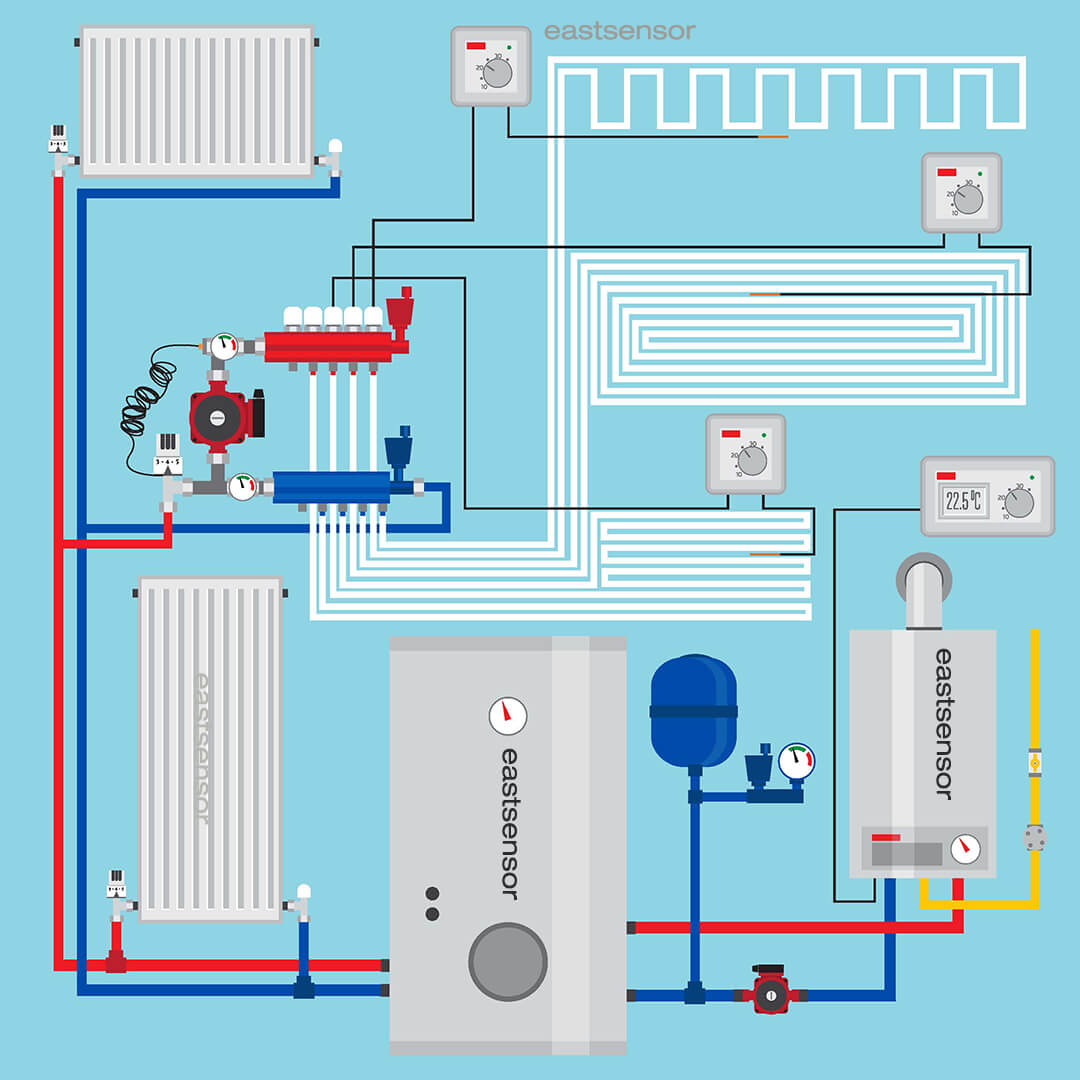
Temperature
HVAC systems often operate over a wide temperature range, depending on the building’s location and the specific application (e.g., heating, ventilation, or air conditioning).
Temperature changes can affect the sensor’s performance, leading to inaccurate readings or reduced sensitivity.
To ensure reliable operation, choose a sensing technology with good temperature stability, such as capacitive or piezoresistive sensors.
Implement temperature compensation techniques in your sensor design, which may include using additional temperature sensors and adjusting the signal conditioning circuitry accordingly.
Humidity
HVAC systems are exposed to varying humidity levels, as they are responsible for controlling the moisture content in the air.
High humidity can lead to condensation on the sensor’s components, causing electrical shorts or corrosion.
To protect the sensor from humidity, use a robust, moisture-resistant enclosure and sealing methods to prevent moisture ingress.
Select sensor materials and components that are resistant to the effects of humidity, such as stainless steel or ceramic sensing elements.
Potential exposure to corrosive or harmful substances:
In some HVAC applications, the pressure sensor may be exposed to corrosive substances like chemicals, cleaning agents, or salt-laden air (in coastal areas).
Exposure to these substances can degrade the sensor’s performance, shorten its lifespan, or lead to complete failure
To protect the sensor from corrosive substances, use corrosion-resistant materials for the sensing element and enclosure, such as stainless steel, ceramic, or certain plastics.
Ensure proper sealing and venting to prevent the ingress of harmful substances, while still allowing pressure equalization.

Output Signal
4-20 mA
This is an analog current loop interface, where the pressure value is represented by a current signal ranging from 4 mA (minimum pressure) to 20 mA (maximum pressure).
Advantages: Good noise immunity, suitable for long distances, easy integration with many control systems.
Considerations: Limited to point-to-point connections, requires a separate power supply.
0-10 V
This is an analog voltage interface, where the pressure value is represented by a voltage signal ranging from 0 V (minimum pressure) to 10 V (maximum pressure).
Advantages: Easy integration with many control systems, simple to understand and implement.
Considerations: More susceptible to noise than 4-20 mA, not suitable for long distances, limited to point-to-point connections.
RS485
This is a digital serial communication interface, often used with the Modbus protocol, which allows multiple devices to communicate over a single pair of wires.
Advantages: Good noise immunity, suitable for long distances, allows multiple devices on a single network (bus topology), and digital communication provides higher accuracy and resolution.
Considerations: Requires more complex integration and programming compared to analog interfaces, and may need a separate power supply.
Wireless
This is a wireless communication interface, which can use technologies like Wi-Fi, Zigbee, or LoRa, Bluetooth to transmit pressure data to the control system.
Advantages: No wiring needed, easy installation and scalability, can be used with battery-powered sensors for increased flexibility.
Considerations: Potential for signal interference, may require additional network infrastructure (e.g., access points, routers), security concerns, and battery life considerations for wireless sensors.
By evaluating these factors and understanding the advantages and considerations of each electrical interface, you can choose the most appropriate one for your HVAC application.
| Interface | Advantages | Considerations |
|---|---|---|
| 4-20 mA | Good noise immunity | Limited to point-to-point connections |
| Suitable for long distances | Requires a separate power supply | |
| Easy integration with many control systems | ||
| 0-10 V | Easy integration with many controls systems | More susceptible to noise than 4-20 mA |
| Simple to understand and implement | Not suitable for long distances | |
| Limited to point-to-point connections | ||
| RS485 | Good noise immunity | Requires more complex integration and programming |
| Suitable for long distances | May need a separate power supply | |
| Allows multiple devices on a single network (bus topology) | ||
| Digital communication provides higher accuracy and resolution | ||
| Wireless | No wiring needed | Potential for signal interference |
| Easy installation and scalability | May require additional network infrastructure | |
| Can be used with battery | Security concerns | |
| powered sensors for increased flexibility | Battery life considerations |
O-Ring
When selecting an O-ring for your HVAC system, it’s important to consider the material’s compatibility with the environmental conditions and chemicals it may encounter. Here’s a simple explanation of two common O-ring materials and the factors to consider when choosing the best one for your HVAC application:
NBR (Nitrile Butadiene Rubber)
Advantages: Good resistance to oils, fuels, and various chemicals, excellent tensile strength, and abrasion resistance.
Considerations: Not recommended for applications with exposure to ozone, UV light, or extreme temperatures.
Viton (Fluorocarbon Rubber)
Advantages: Excellent resistance to oils, fuels, and many aggressive chemicals, good high-temperature resistance, and resistance to ozone and UV light.
Considerations: Generally more expensive than NBR and may not be necessary for all HVAC applications.
NBR is a popular choice for many HVAC applications because it offers good chemical resistance and mechanical properties at a lower cost. However, if your system requires higher temperature resistance or exposure to more aggressive chemicals, Viton may be a more suitable option.
Find out Pressure Sensor HVAC in Eastsensor
| Model | EST3110 | EST3110 B | EST3120 |
|---|---|---|---|
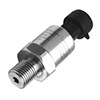 | 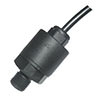 | 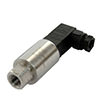 |
|
| Data Sheet | Download | Download | Download |
| Range | 0~5bar…50bar | 0~5bar…50bar | 0~5bar…50bar |
| Accuracy | ±1.0% | ±1.0%,±4.0% | ±0.25%,±0.5%,±1.0% |
| Power Supply | 10~30Vdc | 12~30Vdc | 10~30Vdc,5Vdc |
| Output | 4~20mA,0.5~4.5V | 4~20mA,0.5~4.5V | 4~20mA,0.5~4.5V |
| Electrical Connection | Packard | M12X1/ GX12/16-7 | DIN43650, IP65; GX 16-7 |
| Pressure Connection | G1/4, NPT1/4, 7/16-20UNF | G1/4, NPT1/4, 7/16-20UNF | M20 x 1.5, G1/4, G1/2, NPT1/4, 7/16-20UNF |
| Ingression Protection | IP65 | IP45/ IP65 | IP45/ IP68 |
| Model | EST3122 | EST3135 | EST3123 |
|---|---|---|---|
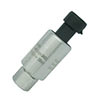 | 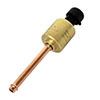 | 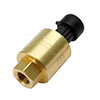 |
|
| Data Sheet | Download | Download | Download |
| Range | 0~5bar…50bar | 0~5bar…50bar | 0~5bar…50bar |
| Accuracy | ±0.5% | ±1.0%,±2.0% | ±0.5%,±1.0% |
| Power Supply | 10~30Vdc,5Vdc | 5±0.25Vdc | 5Vdc |
| Output | 4~20mA,0.5~4.5V | 0.5~2.5…4.5Vdc | 0.5~2.5…4.5Vdc |
| Electrical Connection | Packard, DIN43650 | Packard | Packard |
| Pressure Connection | 7/16-20UNF, 9/16-20UNF | Cooper Pipe Connection | 7/16-20UNF, 9/16-20UNF, M20 x 1.5, G1/4 |
| Ingression Protection | IP65 | IP65 | IP65 |
Wrap up.
When choosing a sensor for your HVAC system, you need to think about how accurate it is, how small changes it can detect, how quickly it can react to changes, what temperature it can work in, and if it can handle humidity or harmful substances.
You also need to decide what kind of signal the sensor will send to control the system. You should also consider what kind of O-ring to use, depending on what chemicals and temperatures the O-ring will be exposed to.

